by Erin Drumm
Share
Earning a NADCAP accreditation requires systemization of your laboratory’s processes. Wavefront LIMS has key features to help organize and maintain your laboratory’s processes with NADCAP compliance in mind. Below are a few LIMS features that can help organize your laboratory’s processes to aid in achieving and maintaining NADCAP accreditation.
Instrument and Calibration Module
The Instrument and Calibration Module allows important instrument information to be stored in one, easily-accessible location. Some common information captured at the instrument is the instrument status (calibrated or not), calibration frequency, and make/model. Then, the calibration records associated to each instrument capture additional information, such as calibration certificate, date of calibration, and expiration.
The instrument used for a specific test, along with the associated calibration expiration date, can be stored on the test. Therefore, when an auditor requests all information for the selected test, it is readily accessible.
Audit Tracking
Wavefront LIMS has sophisticated audit tracking which allows traceability of essentially all data within the system. This audit data captures what data was changed, when, and by who. An authorized user can access most audit data through reports, which are available on many objects in LIMS. Any remaining audit data not available in reports can be accessed directly from SQL tables. In addition, individual field history data can be accessed through the field history feature.
Role Based Security
Role Based Security in Wavefront LIMS is used to determine and document what users have access to in the system. Roles can be created to determine whether a user can access, view, or edit specific modules in LIMS. For example, a user that is not authorized to perform a test would be assigned a role that prevents them adding or editing results for that test.
Retest/Resample Management
The maintenance of retesting and resampling requirements is important for NADCAP compliance. Wavefront LIMS has developed methods for capturing those requirements so that they can be deployed consistently and accurately. These methods ensure traceability from original, failed samples and tests to resamples. Automation can also be created to ensure resamples can only be requested by authorized individuals.
Reporting
Wavefront LIMS offers reporting functionality which automatically pulls together information about an order and associated samples to generate a report. This information can include test results, specifications assigned and their associated limits, test methods, etc. Any information required to ensure NADCAP traceability requirements are met can be configured within the report. In addition, standard statements can be populated on the report, such as customer waivers or conformance statements. Finally, a common finishing step to report creation is a report approval signature. This utilizes a signatory field within LIMS that requires the user to reauthenticate, adding another layer of security. This electronic signature can also be added to the report.
Report revisioning is another controlled process for NADCAP accreditation. When a revision is required of a final report within Wavefront LIMS, it uses standard automation. This automation provides a method for capturing the reason for revision, revision identification, and who did the revising. This revision data is then included on the report. Additionally, past revisions of the report are stored within LIMS through this report revisioning automation.
Specification Management
The Specification Management Module allows your laboratory to manage acceptance criteria for all types of specifications and testing criteria. These can be customer specifications, internal limits, and quality control standards. The limits defined in each specification are applied to a sample in Wavefront. When the test’s results are populated in LIMS, the data is automatically compared to those limits and conformance is determined. A result cell will be colored red if a result it out of specification.
Please contact us for more information on how our customers have used Wavefront LIMS features to support achieving and maintaining NADCAP accreditation.
STAY IN THE LOOP
Subscribe to our Free Content
Learning about LIMS is a monthly article series where Wavefront shares questions that have come up throughout our interactions with a range of individuals and customers. We do our best to provide information about each topic to help people learn more about LIMS.
Sign up here to be added to our mailing list and receive these articles directly in your inbox.
In today's rapidly evolving scientific landscape, laboratories face increasing pressure to enhance efficiency, ensure traceability, and manage complex data sets. This article explores four key indicators that signal the need for a modern LIMS system: difficulties in adapting to growth, challenges with maintaining traceability, inefficient sample prioritization, and struggles with data management. Discover how upgrading your LIMS can transform your laboratory's performance and help you stay ahead in an increasingly competitive scientific environment.
A LIMS captures laboratory data and analytics, the next step is to use that improved data capture to improve the laboratory's visibility. Utilizing LIMS tools such as data mining, dashboards, reporting, and statistics, a laboratory can gain improved business insights and make informed decisions.
Discover how a Laboratory Information Management System (LIMS) can revolutionize your laboratory operations. From efficient work tracking to streamlined data entry and comprehensive reporting, a LIMS empowers laboratories to optimize workflows and enhance productivity. Learn more about the benefits of implementing a LIMS for your laboratory needs.
In today's fast-paced labs, data-driven decision-making is essential. Utilizing advanced data analysis tools, like LIMS dashboards and KPIs, boosts operational efficiency. This article explores how these tools enhance performance and reduce costs, helping labs maintain exceptional quality standards.





